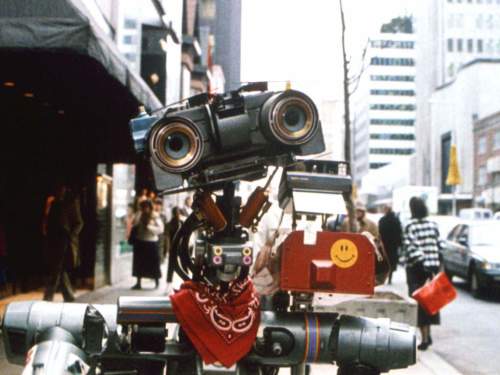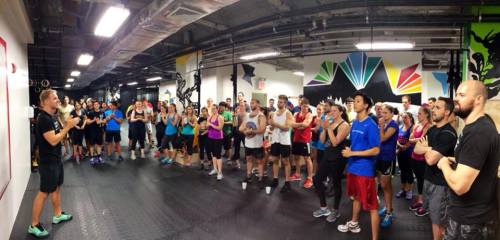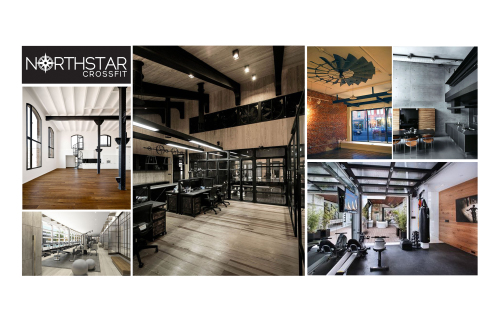
When we think about the future, we tend to imagine new technologies showing up in our lives fully formed. For example, you might expect that the next car you buy, and maybe even the car after that, will just be regular cars. But then, one car further into the future, you get a car that drives itself. A self-driving car! Out of nowhere! Skynet!
In reality, though, groundbreaking technologies usually arrive in the real world piecemeal, through slow, iterative feature introduction. Consider that self-driving car: your current car is likely already AI-enabled. You call that AI “cruise control,” and it keeps the car going at a steady speed without you having to put your foot on the gas or breaks. More recently, a number of car companies have introduced adaptive cruise control – cruise control that monitors whether the car in front of you is slowing down or speeding up, and adjusts accordingly. And for years, a number of car manufacturers have provided the option of parallel parking assistance – line up in front of a curbside space, and the car automatically backs you in.
Going forward, your car is likely to get slightly smarter still. It might, say, combine those two ideas, for cruise control that follows minor curves in the road, so you can drive a mostly-straightaway hands off. And then, perhaps, cruise control that connects to your GPS, so it can make the correct exit off the highway.
And so it goes. Baby-stepping forward, and arriving at the same self-driving car in about the same time frame as we might have originally predicted. But in an iterative way that doesn’t seem like magic, just the next obvious thing.
So when people complain that technology doesn’t solve big problems anymore, is more 140 characters than jetpacks, I think they’re only part right. Sure, we have more people doing laundry apps and dog walking SAS platforms than perhaps we should. But we also have way more authentic and impactful innovation happening in the things we use day to day in our lives – it’s just coming in slowly and steadily enough that we don’t notice it at all.
Which, depending on your perspective on technology, is either a bit like not noticing how much your children grow because you see them every day, or not realizing that you’re the frog in a pot of cool water on a hot burner, slowly and imperceptibly boiling to death.






